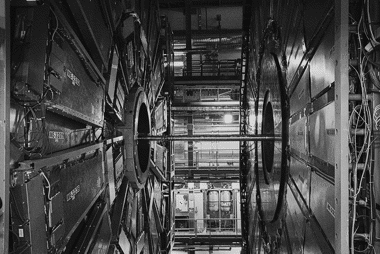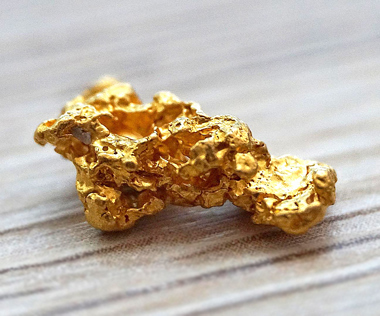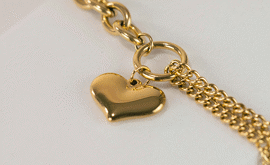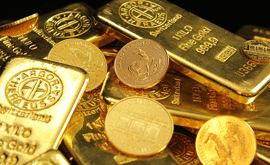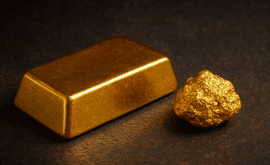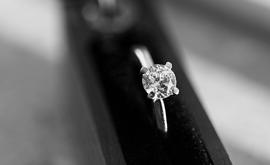How Is Gold Made in the Lab? Exploring Synthetic Gold
What does it mean to make gold in a lab?
For hundreds of years, alchemists have dreamed of turning base metals into gold, even searching for the mythical ‘philosopher’s stone’ to unlock the secret. While they never succeeded in their efforts, modern scientists have been exploring the same idea through nuclear physics rather than mysticism.
Gold has a unique structure and is made up of atoms that each have 79 protons in their nucleus. To create real gold in a laboratory, scientists must change another element so it matches this unique structure. This process, known as nuclear transmutation, involves altering the nucleus of an atom using advanced techniques such as neutron bombardment or particle acceleration. Unlike refining natural gold from ore, making gold in a lab means aiming to transform one element into another – something that takes vast amounts of energy and advanced specialist equipment.
Can gold be made using particle accelerators?
Particle accelerators are one of the most advanced tools that can be used to create gold. At the CERN Large Hadron Collider in Switzerland, scientists fired beams of lead atoms at each other at immense speeds. During this process, instead of colliding head-on, the nuclei narrowly avoid each other to create a ripple in the electromagnetic field which strips away three protons. Since lead has 82 protons, losing 3 of them transforms it into gold, which has 79.
While this proves that gold can be created synthetically, the results are small and fleeting and the process is complex and expensive.
Particle accelerators consume massive amounts of energy and produce only microscopic trace amounts of gold, meaning that although it is an impressive scientific achievement, it is far from a practical way to produce gold.
Using neutron bombardment to make gold
Gold was first created by scientists using neutron bombardment in 1941 when researchers in California successfully transformed mercury into gold. This method involves targeting mercury-198 with high-energy neutrons produced in a fusion reactor.
When mercury-198 atoms interact with the fast neutrons, they absorb them and then release two further neutrons, becoming mercury-197. This then undergoes beta-minus decay where a neutron transforms into a proton and releases an electron and an antineutrino. This results in gold-197.
Although the science works, neutron bombardment is far from a practical way to make gold as the costs and energy requirements are huge. The process also can result in the gold being radioactive, which poses serious safety challenges.
In July 2025, a company named Marathon Fusion claimed it had developed a way to generate the neutrons needed to create a larger amount of gold using a fusion reactor’s ‘digital twin’, a computer model that would simulate the physics of the fusion reaction. However, this would require a real commercial fusion reactor – but there are none currently in existence, illustrating further the challenges that need to be overcome before synthetic gold could ever be a commercial reality.
Is lab-made gold commercially viable?
Although it is theoretically possible, laboratory-made gold is not commercially practical today. Producing it requires vast amounts of energy, advanced equipment, and extreme scientific precision – making the cost per gram much higher than mining natural gold. Currently, synthetic gold is primarily of interest for scientific research for those studying nuclear reactions and particle physics. Its creation is celebrated as a huge scientific achievement, but today, natural mining continues to be the only viable source for the quantities of gold needed in jewellery, coins and bars, and industry.
In conclusion
Creating gold may sound like the stuff of magic or science fiction, but modern physics has shown it is possible. While laboratory-made gold is chemically identical to naturally occurring gold, the process of creating it is extremely complex, expensive, with only the tiniest amounts able to be made.
Currently, natural gold continues to be the primary source for jewellery, bullion, and technology. However, experiments with synthetic gold provide an interesting glimpse into the ways we are able to manipulate matter at its most base level and also make us wonder where future scientific advancements may take us. By exploring this, we gain a deeper appreciation for this very precious metal and wonder what its future may be – whether that comes from the Earth or a laboratory.
This blog represents one person’s opinion only. Please note, gold and silver prices may go down as well as up. Atkinsons Bullion & Coins accepts no responsibility for any losses based on information we have provided. We do not offer investment advice. Please carry out your own research before making an investment decision.
